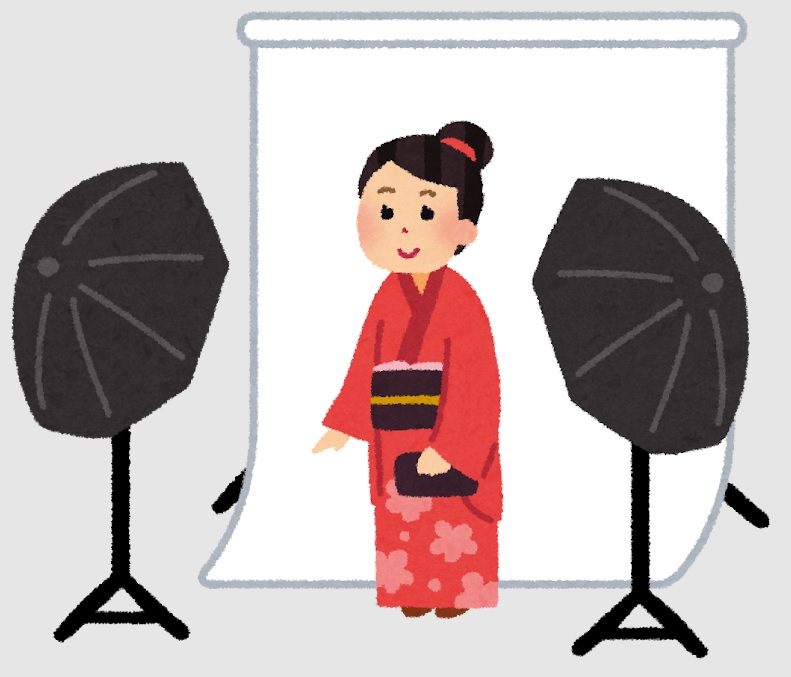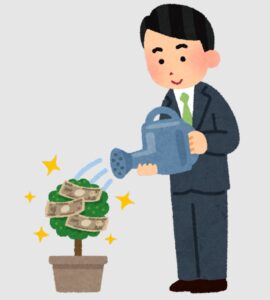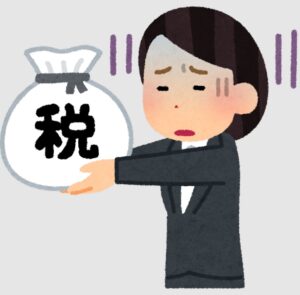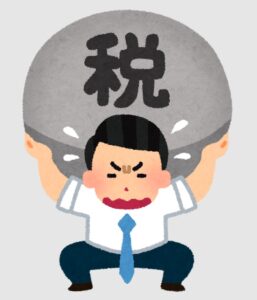管理人オススメコンテンツはこちら
「帯に短し襷(タスキ)に長し|貯蓄も保障も中途半端な選択にNO!」
〜前回のつづき〜
●ステップ式 保険の見直しの方法(つづき)
ステップ(3)解約か継続かを決断する
保険の役割を
正しく認識して
保険以外の
リスクコントロール方法が
無いかを考えて
その上で
・解約
・継続
を決断する訳ですね。
ステップ1・2を踏まえて
保険の役割を正しく認識して
自分の加入してる保険が適切で
保険の加入がそのリスクを
コントロールする
最適な方法だという状況であれば
今も加入してる保険を
解約する必要は無い訳ですよ。
じゃあ相談者の場合は
どうでしょう?
そもそも貯金目的の為に
保険に加入したんだ
という事であれば
6年もかけて
71万円積み立てたのに
たった45万円しか
戻ってこない。
今マイナス
26万円な訳ですよね?
なぜそんな変なものに
お金を積み立ててしまったのかという
反省が必要な訳ですよ。
26万円は
元本割れだと言いますけど
26万円を6年間で割ったら
年に4万3千円ですよ。
年に4万3千円の
割高な掛け捨て保険に
入ってしまったんだと
諦めるしか
無いんですよ。
そこをちゃんと
割り切らないと
しょうがない。
反省する所は反省して
諦めるしか
しょうがないんですよね。
これを
何としても取り返したいと思うから
変な事になってくる訳ですよ。
貯金目的の為ではなく
保障目的の為に
保険に加入したんだとすれば
一般に貯蓄型保険では
保障が足りないという事に
気づくべきなんですね。
貯蓄型保険って
めちゃくちゃ保障が薄いのを
あなたは知ってますか?
多くの場合
貯蓄型保険というのは
保障額が非常に小さいんですね。
滅多に起きないけど
起きたら超ヤバい事に備えるのが
保険なのに
貯蓄型保険では
起きたら超ヤバい事を
カバーしきれないんですよ。
だから
『帯に短し襷(タスキ)に長し』と言って
非常に中途半端で
使い勝手が悪いんですよ。
なのでこの
貯蓄型保険というのは
貯蓄として使うのには
長期間拘束されて
非常に不自由だし
満期まで持っていたとしても
利回りも大した事が無い。
貯蓄としても
中途半端。
投資としても
非常に中途半端。
保険としての機能も
弱いという事で
要するに
・貯金目的
・保険目的
・投資目的
いずれにせよ
中途半端だという事なんですよ。
その保険が
自分の目的に合わない
という事であれば
加入し続ける合理性は
全く無い訳ですね。
目的に合わない手段を
取り続ける
自分は目的地に行きたかった
あそこの山に行きたかったのに
手段を間違えてしまった
道を間違えてしまった。
それなのに手段を取り続ける。
こんなバカバカしい事は
無い訳ですよね。
なので
知らなかったという間は
しょうがない。
でも
自分の目的に合わない方法だったんだと
気づいたのであれば
やっぱり
行動しないとダメですよね。
〜〜〜つづく〜〜〜
Special Thanks college president Ryo.
●おまけ
≪≪perplexityちゃんによる文章まとめ≫≫
保険の見直しでは、まず保険の役割を正しく認識し、他にリスクをコントロールする方法がないかを検討することが大切です。
その上で、現在加入している保険が自分の目的やリスクに合っているかを見極め、解約か継続かを判断します。
例えば貯金目的で貯蓄型保険に加入し、長期間積み立てても元本割れしてしまった場合、損失を取り返そうと無理をするのではなく、反省しつつ割り切ることが重要です。
貯蓄型保険は保障も貯蓄も中途半端で使い勝手が悪いため、目的に合わないと気づいたら早めに見直すべきです。
知らなかったことは仕方ありませんが、気づいた時点で適切な行動を取ることが将来のために大切です。
[1] https://www.jili.or.jp/tebiki/chapter3.html
[2] https://www.fsa.go.jp/common/law/guide/ins/index.html
[3] https://www.seiho.or.jp/activity/guideline/
[4] https://www.businesslawyers.jp/articles/1472
[5] https://www.sonpo.or.jp/about/guideline/index.html
[6] https://www.fsa.go.jp/news/r6/hoken/20250512/20250512.html
[7] https://www.bk.mufg.jp/sonaeru/hoken/column/004/index.html
[8] https://www.nikkei.com/article/DGXZQOUB039410T00C25A6000000/
≪≪Chat-GPTくんによる英訳≫≫
~Continuation from the previous part~
【Step-by-Step Guide to Reviewing Your Insurance (Continued)】
Step (3): Decide Whether to Cancel or Continue
You need to:
Understand the true role of insurance
Consider whether there are other ways to manage risk besides insurance
Then, based on that:
Cancel, or
Continue
That’s the decision you make.
After going through Steps 1 and 2, if you correctly understand the role of insurance and determine that the policy you’ve joined is appropriate — and that joining this insurance is the best way to manage that risk —
then there’s no reason to cancel your current policy.
Now, let’s look at the case of the person seeking advice.
If they originally joined the insurance for saving purposes, then:
They’ve saved 710,000 yen over 6 years, but only get back 450,000 yen.
That’s a loss of 260,000 yen, right?
That means they need to reflect on why they ended up saving money into something like that in the first place.
Yes, it’s often said that 260,000 yen is just a loss of principal,
but if you divide that over 6 years, it’s about 43,000 yen per year.
In reality, they ended up paying for an expensive term insurance at 43,000 yen per year.
They just have to accept that.
Unless they accept that and move on, there’s nothing they can do.
They need to reflect where necessary, and just let it go.
The problem arises when they try to “get the money back no matter what.”
That’s when things go wrong.
If the purpose was not saving, but insurance protection,
then they need to realize that most savings-type insurances offer insufficient coverage.
Did you know that savings-type insurance provides extremely limited coverage?
In most cases, the coverage amount is very low.
Insurance is supposed to cover rare but catastrophic events,
but savings-type insurance can’t cover those kinds of events sufficiently.
So it ends up being what we call “neither here nor there” — not useful in either role.
In other words, savings-type insurance is:
Highly restrictive for savings purposes because the money is locked in for years
Has poor returns even if held until maturity
Inadequate as a saving tool
Mediocre as an investment
Weak as actual insurance
So whether your purpose is:
Saving
Insurance coverage
Investment
It’s ineffective across the board.
If the insurance doesn’t align with your goal,
there is absolutely no rational reason to continue it.
If your method doesn’t match your goal, you’re on the wrong path.
It’s like saying,
“I wanted to go to that mountain,”
but you took the wrong route
—and yet you keep following the same path anyway.
That’s just ridiculous, right?
So it’s understandable if you didn’t know before.
But once you realize the method doesn’t match your goal,
then you need to take action.
Special Thanks OpenAI and Perplexity AI, Inc








